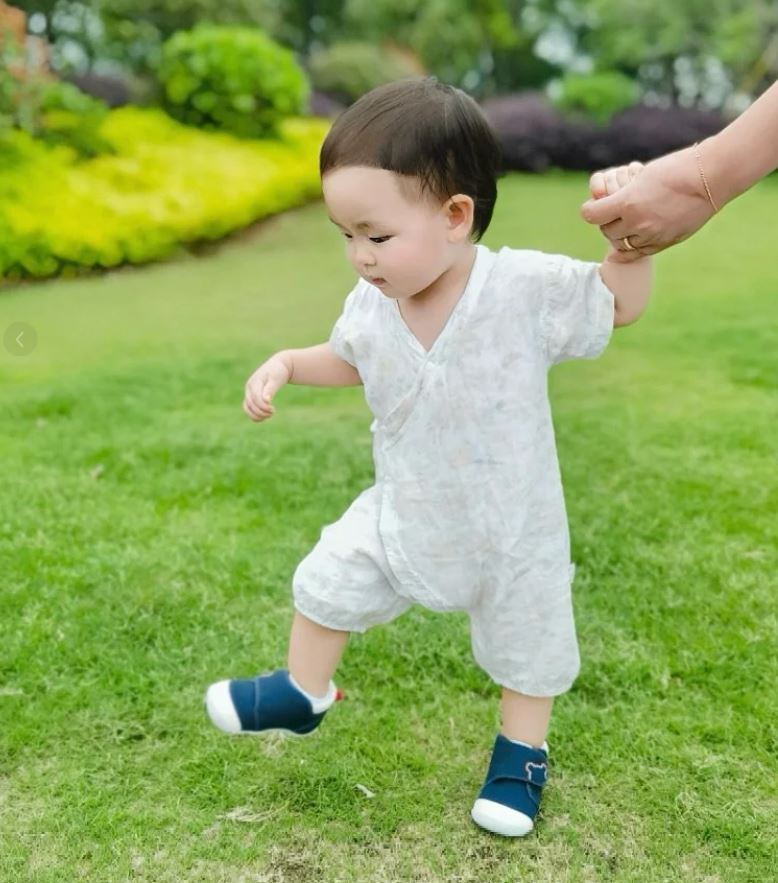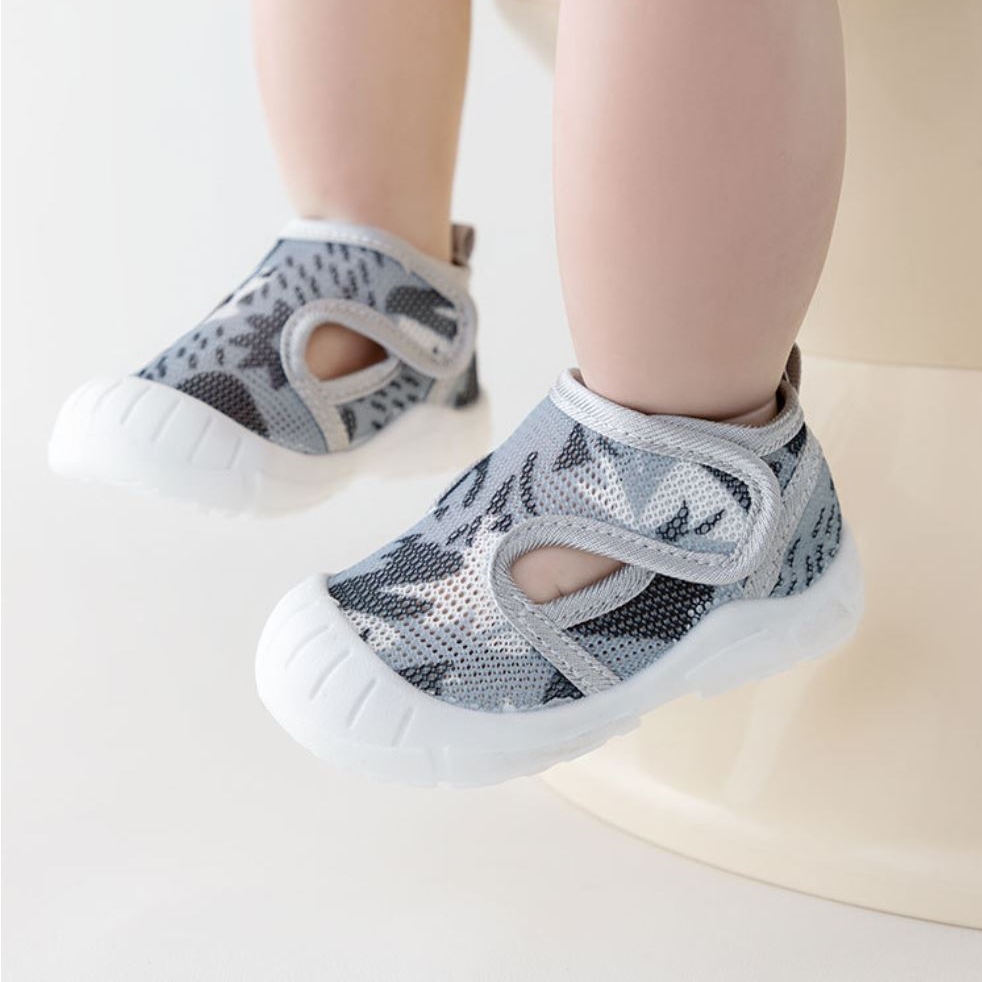Foot growth isn’t simply a matter of size expansion.It’s a precise and dynamic evolution within ergonomics. With over two decades of experience in children’s footwear, Roadtekshoes has unlocked the secrets of foot growth from a scientific perspective. And that makes shoes a companion to healthy development, rather than a constraint.
Key Differences in Foot Growth

Children’s feet: The children’s foot is composed of 28 cartilage bones that gradually ossify until they harden around age 14. During this process, moderate friction and stimulation are necessary to promote growth, but excessive compression can cause bone deformation. Our shoes feature a zoned, pressure-relieving cavity: a 3mm growth margin is reserved for the metatarsal area, while a rounded design is used at the toes to mitigate impact. The arch of the foot gradually forms between the ages of 6 and 12. Lack of support during this period can lead to flat feet.However, the excessive intervention can inhibit natural muscle growth. To address this, we developed a dynamic support midsole. It provides elastic support during walking and returns to a supple state when standing still.
Adult feet: The adult bone structure is completely calcified, and changes in foot shape are primarily due to ligament stretching and muscle loss. The plantar fat pads of adults gradually thin, reducing their cushioning capacity. Therefore, they require external shock absorption.
Differentiation of Neurofeedback
Children: The soles of young children’s feet are distributed with over 2,000 nerve endings, twice the density of adults. A rigid sole can block feedback from the ground, affecting balance development.
Adults: Long-term shoe wear leads to decreased nerve sensitivity, making them more reliant on footwear for comprehensive protection. Adults prioritize external properties like slip resistance and shock absorption when choosing shoes. Children’s shoes, on the other hand, must balance protection and sensory development.

Foot growth is an irreversible life journey. Adult feet are the result of long-term adaptation, while children’s feet hold infinite possibilities for the future.
